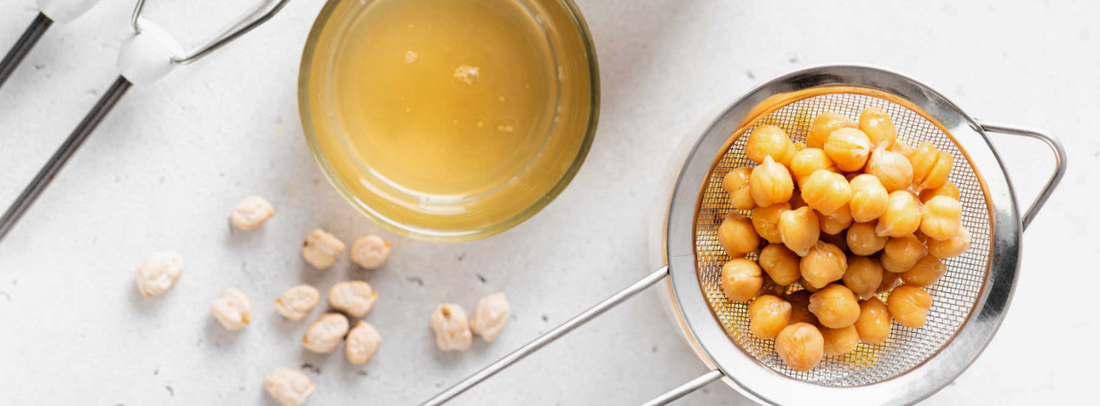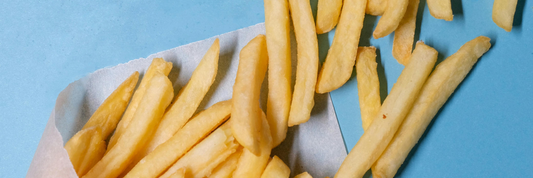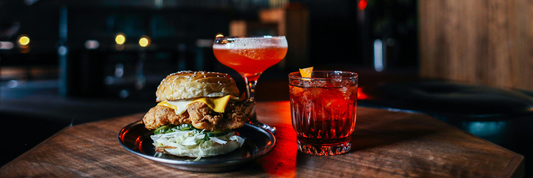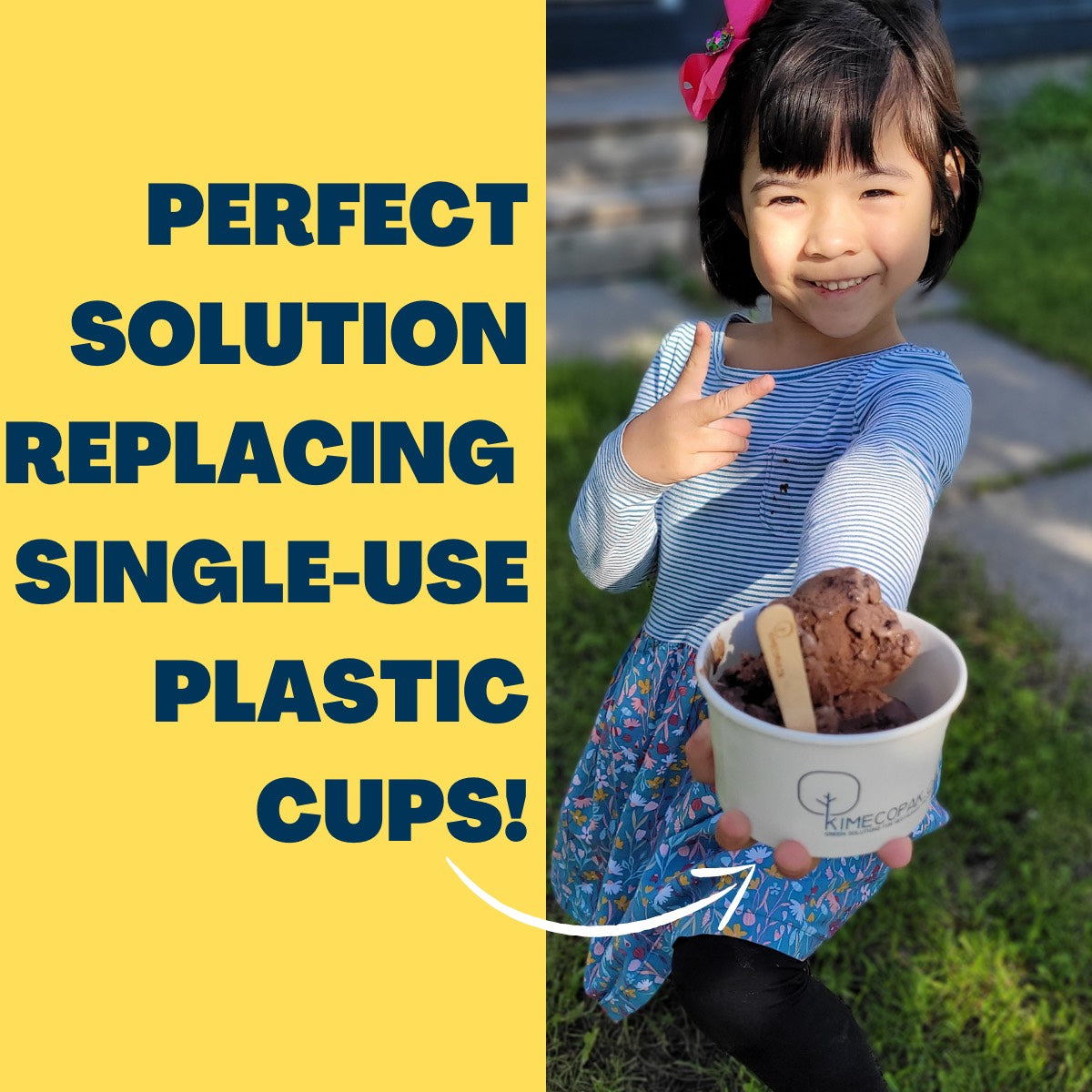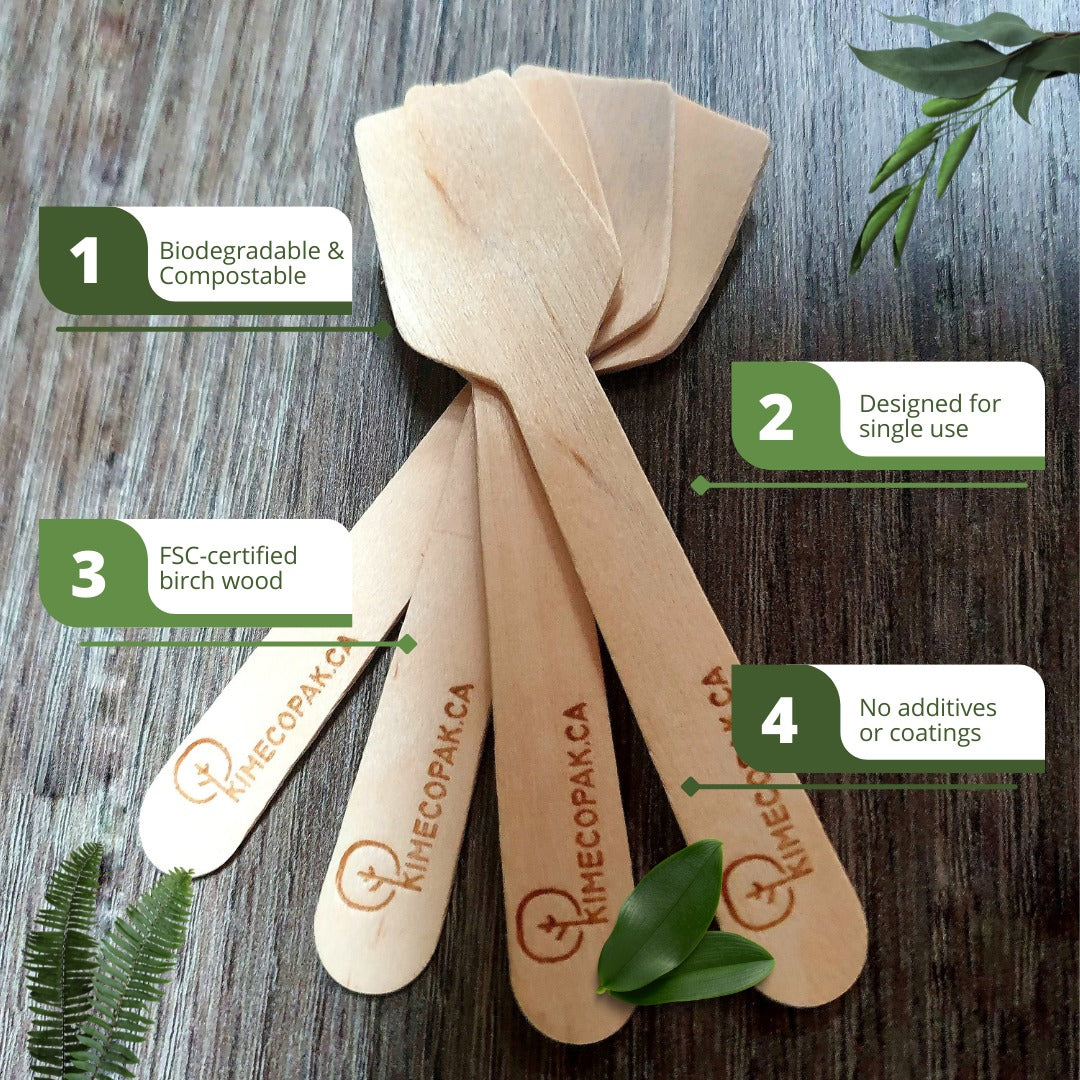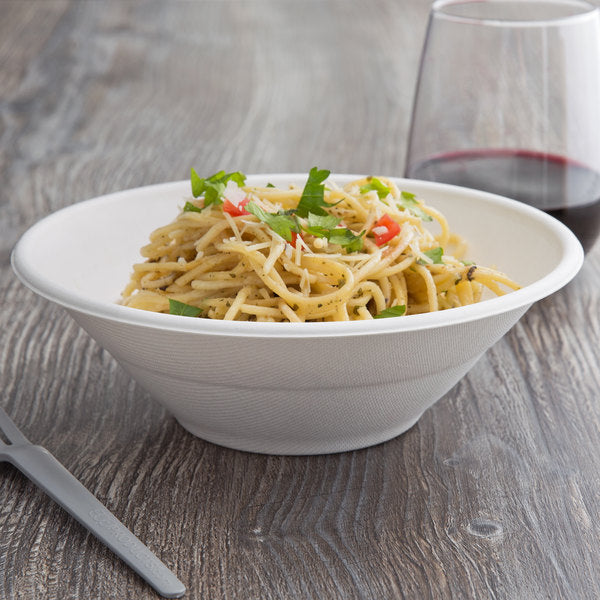Aquafaba, once dismissed as mere “bean water” has taken the culinary world by storm. This pale yellow or clear liquid, usually drained from a can of chickpeas, has proven to be an extraordinary substitute for egg whites in baking and cooking.
Light, foamy, and binding, aquafaba mimics the function of eggs in vegan recipes without the cholesterol or calories. Whether you’re whipping up vegan meringues, creamy mayonnaise, or rich mousse, aquafaba delivers remarkable texture and taste all while supporting sustainable, plant-based eating.
- What Is Caster Sugar? What Can I Use Instead Of Caster Sugar?
- 15 Best Butter Substitutes Baking That You Should Know
- Types Of Vanilla Products. Which Type Of Vanilla Product You Should Use?
What is Aquafaba?
Aquafaba is the viscous liquid derived from cooking legumes, most commonly chickpeas. It’s what remains after beans are boiled or canned, a simple yet powerful combination of proteins, starches, and soluble fiber that creates an ideal egg replacement.
Because it whips, binds, and emulsifies like egg whites, aquafaba has become a go-to vegan egg substitute for bakers, chefs, and home cooks alike.
Unpacking the Name: Aqua + Faba = Culinary Gold
The term "aquafaba" is a clever and descriptive name that combines the Latin words "aqua," meaning water, and "faba," meaning bean. This term was officially coined in 2015 by Goose Wohlt, a vegan software engineer, and quickly gained popularity within the online vegan community. This naming convention aptly captures the essence of aquafaba as the liquid derived from cooked legumes. The simplicity and clarity of the name have undoubtedly contributed to its widespread adoption and recognition in the culinary world.
From Kitchen Waste to Culinary Wonder
Aquafaba is essentially the liquid byproduct that remains after cooking legumes, such as chickpeas or white beans. For years, this viscous liquid was often simply discarded down the drain. However, its remarkable potential as a versatile culinary ingredient, particularly as a vegan egg substitute, has now been widely recognized. This once-overlooked "bean water" has undergone a revolution, transforming from kitchen waste into a celebrated ingredient in both home kitchens and professional culinary settings.
The Magic Behind the Science
The unique properties of aquafaba can be attributed to its fascinating composition. During the cooking process of legumes, various compounds are leached into the water, creating aquafaba. These key components include proteins, primarily albumins and globulins, carbohydrates, such as starches and soluble fiber, and saponins.
It is this specific combination of proteins and carbohydrates that gives aquafaba its remarkable ability to emulsify fats, form stable foams when whipped, bind ingredients together, and even thicken and gelatinize in various recipes.
The presence of saponins is also believed to contribute to its foaming capabilities. This scientific interplay of components is the foundation of aquafaba's versatility as a plant-based alternative in numerous culinary applications.

Why All the Buzz? Exploring Aquafaba's Power
The Ultimate Vegan Egg Substitute
Aquafaba has quickly become a superstar in the vegan and plant-based culinary world and for good reason. This humble chickpea water works as a remarkable vegan egg substitute, capable of replacing both egg whites and whole eggs in countless recipes. Whether you’re making vegan meringues, chocolate mousse, or even fluffy pancakes, aquafaba delivers the same foamy texture and binding power as eggs without any animal products.
It’s a dream come true for vegan bakers and home cooks alike. From vegan lemon meringue pie to macarons and mousses, aquafaba performs beautifully in both sweet and savory dishes. No wonder it’s become one of the most searched-for egg alternatives for vegan baking around the world.
A Friend to Allergy Sufferers
Beyond the vegan community, aquafaba is a valuable resource for individuals with dietary restrictions, particularly those with egg allergy alternatives. For people who cannot consume eggs or dairy due to allergies or intolerances, finding suitable substitutes can be challenging.
Aquafaba steps in as a fantastic solution, allowing them to enjoy a wider range of foods and recipes that would otherwise be off-limits. Think about someone who has missed out on creamy vegan mayonnaise or light and airy vegan whipped cream – aquafaba makes these delights accessible again.
Championing Sustainability (Unique Attribute)
One of the most compelling aspects of aquafaba is its role in promoting sustainability. Traditionally, the liquid from cooked legumes, often chickpea brine, was simply discarded, contributing to unnecessary food waste. Recognizing its culinary potential transforms this byproduct into a valuable ingredient.
By utilizing aquafaba, we are actively participating in a movement towards sustainable food practices and reducing our environmental footprint. It's like discovering treasure in what was once considered trash. This unique ability to turn kitchen waste into a culinary wonder truly sets aquafaba apart.
Nutritional Profile: What's Inside?
From a nutritional standpoint, aquafaba is relatively low in calories and fat. It contains trace amounts of minerals that are leached from the legumes during the cooking process. It's important to note that while aquafaba performs many of the same functions as eggs in recipes, its protein content is significantly lower.
So, while it's a fantastic binder and emulsifier, it shouldn't be considered a direct nutritional replacement for eggs in terms of protein. For those curious about the specifics, the keyword "is aquafaba healthy?" reflects a common search query, and the answer is generally yes, especially considering its role in creating healthier, plant-based versions of traditionally high-fat and high-cholesterol foods.

How to Use Aquafaba
Getting Started: From Can to Bowl
The simplest way to start your aquafaba journey is by opening a can of chickpeas. Instead of pouring the liquid down the drain, carefully drain the chickpeas over a bowl – that liquid is your aquafaba! This chickpea brine, once considered kitchen waste, is now your secret ingredient. It's readily available and requires minimal effort, making it perfect for beginners eager to try their first aquafaba recipes for beginners.
The Homemade Advantage
While using canned chickpeas is convenient, you can also make aquafaba from scratch. Simply cook dried chickpeas as you normally would, and remember to reserve the cooking liquid. Once the chickpeas are cooked, let the liquid cool. You might find that the consistency of homemade aquafaba varies, and sometimes it needs to be simmered gently to reduce it slightly and concentrate its properties.
This method gives you more control over the final product and addresses the question of "homemade aquafaba vs canned aquafaba," with some bakers preferring the results from homemade versions for certain recipes.
Whipping Wonders: Mastering the Technique
One of aquafaba's most magical properties is its ability to whip into stiff peaks, just like egg whites. This makes it the key ingredient in fantastic vegan meringues. To achieve this "how to whip aquafaba properly?," make sure your bowl and whisk are clean and free of any grease. Chilling the aquafaba beforehand can also help with the whipping process. Some recipes recommend adding a pinch of cream of tartar to stabilize the foam, especially when making delicate desserts. Think of it like this: that humble liquid transforms into a light and airy cloud, ready to create culinary masterpieces!
Conversions Made Easy: Replacing Eggs
If you're wondering exactly how much aquafaba to use in place of eggs, here's a handy guide. Generally, 3 tablespoons of aquafaba can replace one whole egg in a recipe. For just an egg white, use 2 tablespoons of aquafaba. This simple conversion makes it easy to adapt your favorite recipes, even something like "can I use aquafaba instead of eggs in brownies?" The answer is often a resounding yes! Just remember to consider the role of eggs in the original recipe – are they for binding, leavening, or moisture? Aquafaba excels at binding and creating lift.
Beyond Eggs: Using Aquafaba as an Oil Replacement
The versatility of aquafaba extends beyond just replacing eggs. Surprisingly, it can also be used as a substitute for oil in some baked goods, contributing to a lower-fat end product. While it might not work in all recipes that call for oil, it's worth experimenting, especially if you're looking for ways to reduce the fat content in your favorite treats.
This showcases the broader potential of aquafaba and answers the common user query, "what can I make with aquafaba?," highlighting its applications even beyond traditional egg replacement in desserts and venturing into areas like "aquafaba in savory dishes" where it can act as a binder or emulsifier in certain preparations.

Tips and Tricks for Aquafaba Success
Consistency is Key: Reducing for Best Results
Sometimes, the aquafaba you get straight from the can might be a little too thin for certain recipes, especially when you're aiming for a perfect batch of vegan meringues or a wonderfully thick vegan chocolate mousse. If you find your aquafaba is watery, try gently simmering it on the stovetop until it reduces slightly.
This process concentrates the proteins, leading to a more stable and effective "whipping agent". Think of it like making a stock – reducing it intensifies the flavor and thickness. Keep a close eye on it and let it cool completely before using.
The Importance of Cleanliness: Avoiding Deflation
When it comes to whipping aquafaba, cleanliness is non-negotiable. Just like with egg whites, any trace of grease or residue on your bowls or beaters can prevent the aquafaba from whipping up properly. Make sure everything is sparkling clean and completely dry before you start.
This simple step can make all the difference between achieving those beautiful stiff peaks for your vegan lemon meringue pie and ending up with a disappointing, flat liquid. It’s a small detail, but it plays a huge role in mastering "how to whip aquafaba properly?".
Storage Solutions: Fridge and Freezer Friendliness
Don't worry if you don't use all your aquafaba at once! It's quite versatile when it comes to storage. You can keep leftover aquafaba in an airtight container in the refrigerator for about 3-4 days. For longer storage, freezing is a great option. Simply pour the aquafaba into an ice cube tray or a freezer-safe container. When you're ready to use it, thaw it in the refrigerator overnight.
While the texture might change slightly after freezing, it generally still whips up well for most recipes. This tip is especially helpful if you often cook with chickpeas, as you can build up a supply of aquafaba and avoid the need to constantly "where to buy aquafaba?" – you're already making it!
Troubleshooting Common Issues
Sometimes, even with the best intentions, you might encounter a few hiccups when working with aquafaba. One common issue is it not whipping up to stiff peaks. This could be due to residual fat in the liquid (try using a different brand of canned chickpeas or reducing homemade aquafaba more), or insufficient chilling. Another problem can be the foam deflating after whipping.
This can sometimes be remedied by adding a stabilizer like cream of tartar or a little bit of sugar at the right stage of whipping. If you're facing these challenges, remember that practice makes perfect, and there are many online resources and communities where you can find specific advice for your "aquafaba recipes for beginners". Don't be discouraged; with a little experimentation, you'll be whipping up aquafaba like a pro in no time!
A Look Back: The Story of Aquafaba
The Accidental Discovery: Roessel's Experiment
The story of aquafaba, a true culinary marvel, begins with a touch of serendipity. In 2014, French chef Joël Roessel is credited with the initial observation that the liquid from cooked legumes, particularly chickpeas, possessed unique properties.
He noticed its ability to foam and behave similarly to egg whites in certain preparations. This accidental discovery laid the groundwork for what would soon become a revolutionary ingredient in the vegan baking world and a sought-after vegan egg substitute. It's a fascinating example of how keen observation in the kitchen can lead to groundbreaking culinary innovations.
The Birth of a Name: Goose Wohlt and the Vegan Community
While Chef Roessel's observations were pivotal, the name and widespread popularization of this ingredient came a bit later. In 2015, the term "aquafaba" was coined by Goose Wohlt, a software engineer and vegan advocate.
Combining the Latin words for water (aqua) and bean (faba), the name was simple, descriptive, and quickly resonated within the online vegan community. Wohlt's work in documenting and sharing recipes using this "bean water" was instrumental in bringing aquafaba to the attention of a wider audience, transforming it from an obscure kitchen byproduct into a recognized culinary term.
From Obscurity to Mainstream: The Rise of a Vegan Star
From its initial accidental discovery and the subsequent coining of its name, aquafaba has experienced a remarkable rise in popularity. What started as a niche discovery within the vegan community has rapidly gained recognition and acceptance in the mainstream culinary world.
Today, you can find countless aquafaba recipes online, ranging from classic vegan meringues and vegan mayonnaise to innovative applications in cocktails and even savory dishes. This journey from kitchen waste to culinary star highlights the ingenuity and resourcefulness of both home cooks and professional chefs in embracing plant-based alternatives and sustainable food practices.
The story of aquafaba is a testament to how a simple byproduct can become a game-changer in the world of food, especially for those seeking egg allergy alternatives and embracing a plant-based diet.
Potential Downsides: Addressing Concerns
Nutritional Limitations: Not a Nutritional Powerhouse
While aquafaba is a fantastic culinary tool, especially as a vegan egg substitute, it's important to have realistic expectations about its nutritional profile. Compared to whole eggs or dairy products, aquafaba has a considerably lower nutritional value. It is low in calories and fat, with only trace amounts of vitamins and minerals. The protein content, in particular, is significantly less than that of eggs.
So, while it's a great option for creating light and airy vegan meringues or creamy vegan mayonnaise, it shouldn't be relied upon as a primary source of nutrients in your diet. When considering "is aquafaba healthy?," the answer is generally yes in the context of its use in recipes, but it's not a nutritional powerhouse on its own.
Concerns about Canned Goods: BPA and Additives
The most common way to obtain aquafaba is by using the liquid from canned chickpeas. This convenience, however, can raise some concerns. Some individuals are wary of the potential presence of BPA (Bisphenol A) in the linings of certain cans. BPA is a chemical that has been linked to health issues, and it can leach into the food or liquid stored in the can. Additionally, some brands of canned beans may contain added salt or other preservatives. For those looking for a purer form of aquafaba and wanting to avoid these potential issues, making it from scratch using dried chickpeas, as discussed earlier, is a viable alternative to consider when thinking about "homemade aquafaba vs canned aquafaba".
Anti-nutrients and Digestive Issues: A Word of Caution
Beans, including chickpeas, naturally contain compounds called anti-nutrients, such as phytates and saponins. While these compounds have some potential health benefits, they can also interfere with the absorption of certain minerals and may cause digestive discomfort in some individuals, leading to bloating or gas.
While the concentration of these compounds in aquafaba is likely lower than in the whole beans themselves, individuals with sensitive digestive systems might still experience some issues. If you notice any digestive upset after consuming foods made with aquafaba, it might be worth considering the quantity you're using or exploring other vegan alternatives. This is a point to keep in mind, especially for those new to using aquafaba and exploring "aquafaba recipes for beginners".
Frequently Asked Questions About Aquafaba

What exactly is aquafaba?
Aquafaba is the starchy liquid from cooked or canned chickpeas, rich in proteins and carbs that mimic egg whites.
Does aquafaba taste like chickpeas?
Not at all! The mild bean aroma disappears once cooked or baked, leaving no noticeable flavor.
Can I use liquid from other beans?
Yes, but chickpeas yield the most consistent results. Light-colored beans like white or cannellini also work.
How long does whipped aquafaba last?
Best used immediately, though it can hold for a few hours if refrigerated. For long-term storage, freeze unwhipped aquafaba instead.
Is aquafaba healthy?
Yes, it’s cholesterol-free, low-calorie, and a great option for plant-based and allergy-friendly diets.
Conclusion
Whether you’re a vegan baker, a sustainability advocate, or simply a curious cook, this humble chickpea liquid opens up endless creative possibilities from light-as-air meringues to creamy sauces.
Next time you open a can of chickpeas, don’t pour that liquid away, it’s not waste; it’s aquafaba, your secret ingredient for healthier, plant-powered creations.

